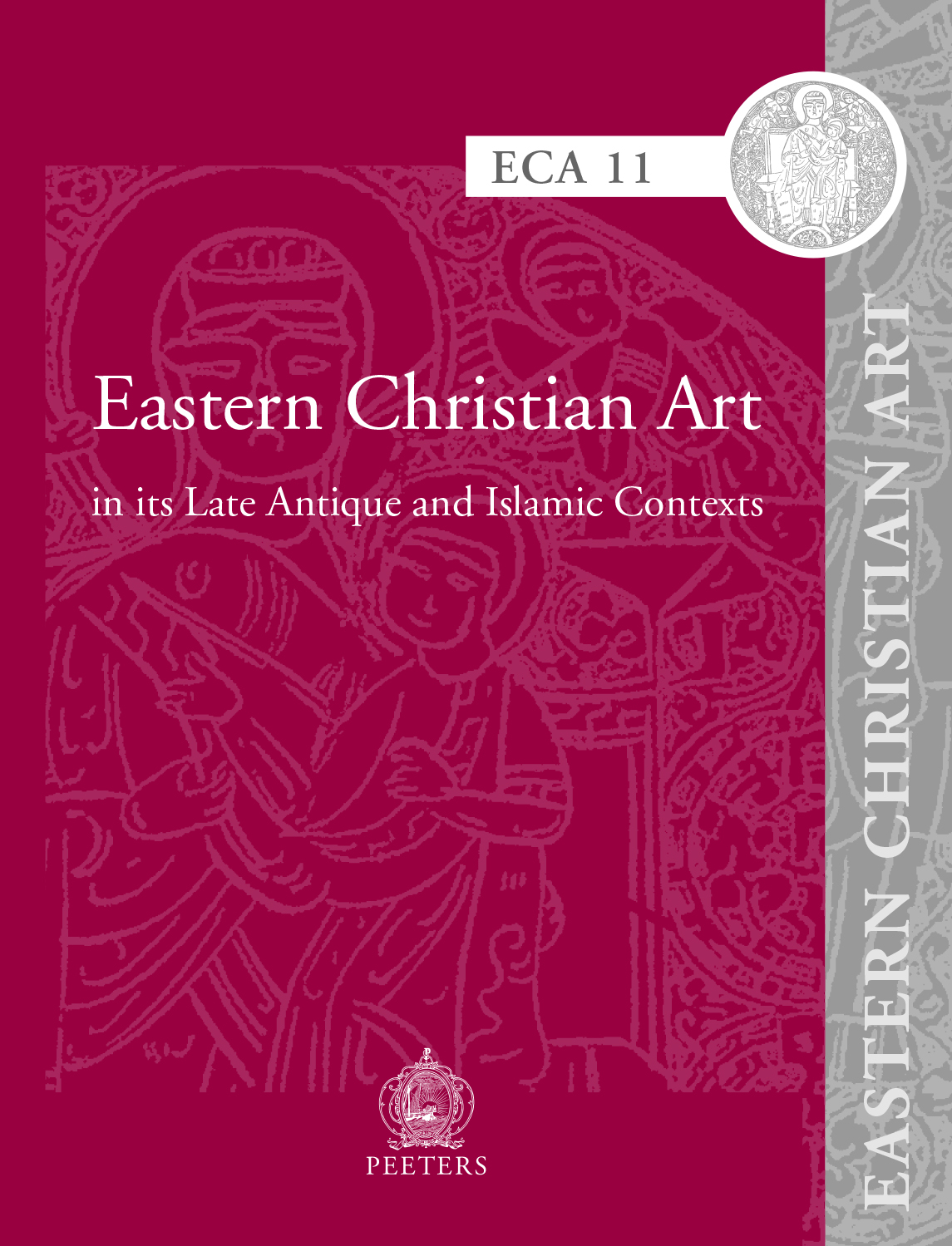 previous article in this issue previous article in this issue | next article in this issue  |

|
Document Details : Title: Pilgrim's Eulogias from the Holy Land in the Hermitage Museum Collection, St Petersburg Author(s): PIATNITSKY, Yuri Journal: Eastern Christian Art Volume: 2 Date: 2005 Pages: 105-119 DOI: 10.2143/ECA.2.0.2004553 Abstract : From the first centuries of Christianity, Christian believers were attracted to the places where Jesus Christ, the Virgin Mary, the apostles and the saints had lived – places glorified as miraculous. When visiting them, the people became acquainted with the realia of the events described in the Bible and their imagination made the holy story visible and tangible, as if the people themselves had been witnesses of the sacred events of long ago. The pilgrims often recorded their journeys and emotional impressions, thus initiating a special genre of pilgrims’ literature. It was only natural that they wished to bring home with them some material evidence to confirm their pilgrimage and remind themselves of the emotional impact experienced. This was the origin of pilgrims’ souvenirs, which were called eulogias, from the Greek word meaning ‘the act of blessing’. Two types of eulogias are distinguished: the primary ones, i.e. fragments or small parts of the sacred relics from the Holy Land, and secondary eulogias, i.e. objects consecrated through contact with sacred objects and holy places. Secondary eulogias are, for example, oil from lamps or oiled cloth; consecrated water, sand or dust; flowers and plants. A great number of clay and lead ampullas, clay and bronze lamps, glass flagons, bronze encolpion crosses, small icons of carved stone, and, of course, painted icons and reliquary-boxes were made to satisfy the pilgrims’ needs. |
|
